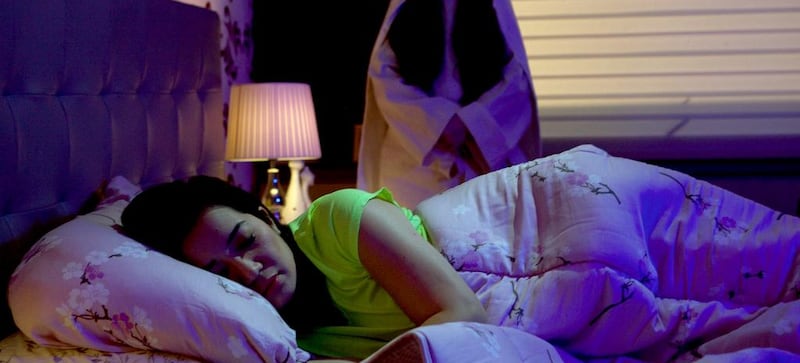Feng Shui 2
Director: Chito Roño
Starring: Coco Martin, Kris Aquino, Cherry Pie Picache, Joonee Gamboa
3 stars
For his much-awaited sequel to the Filipino horror film Feng Shui – it has come after a decade – the director Chito Roño rehashes a lot of the elements that made the first instalment an instant hit.
Feng Shui 2 fared impressively in the Philippines when it was screened in December last year. The film, which was part of the annual Metro Manila Film Festival, placed second in terms of box-office returns and currently holds the record for the highest-opening film in the history of Filipino horror flicks.
Street thief Lester Anonuevo (Coco Martin) has in his possession a cursed ba gua mirror, a Chinese religious motif with a set pattern, that leads him through a series of lucky episodes, but misfortune soon follows – the people most dearest to him inexplicably begin to die. The most significant are the deaths of his mother and father, who have recently come home after working for years in a Gulf country.
The double tragedy paves the way for Lester to meet Joy Ramirez (Kris Aquino) and Lily Mendoza (Cherry Pie Picache) – the two previous owners of the mirror. A Taoist guru named Hsui Liao (Joonee Gamboa) recommends that the three of them destroy the ornament at his temple to put a stop to the curse.
The film starts off with a bang, hooking viewers instantly and Martin’s character – struggling with debt and supporting an alcoholic mother – is properly fleshed out. Unfortunately, the pace begins to stall towards the middle as the events drag on, all leading up to an anticlimactic finale.
Roño has crammed several additional elements into the story in a bid to differentiate the sequel from the original film. This muddles the plot, though, and it becomes a winding, long-drawn affair. The movie appears to have got all tangled up in its own twists, and it keeps Roño from bringing the story to a convincing conclusion. Could this be the reason why the filmmaker was apprehensive to make the sequel?
Martin is excellent in the role of Lester, delivering an understated performance. Aquino shows promise at first but her portrayal of Joy suffers in terms of emotional urgency, keeping viewers from relating to the character.
On the upside, Feng Shui 2 boasts impressive cinematography compared with its predecessor. The sweeping, dark, panoramic shots of Binondo district in Manila perfectly build up the tension. Binondo, of course, is also the city's Chinatown, complementing the Chinese motifs that recur in the story.
What Roño never fails to do is incorporate traditional horror sequences and the film’s creepy, malevolent character, Lotus Feet, duly amps up the shock factor.
Sadly, Feng Shu 2 lacks the novelty and energy of the first film. It also didn't help that a number of better horror films, both local and foreign, have emerged during that 10-year gap. It is worth noting that Feng Shui emerged in 2004 during the height of the South East Asian horror trend, which gave the film a fresh appeal.
A third instalment might be on the cards, as the film seems to indicate in the closing scene. While the Feng Shui franchise has greatly contributed to keeping the Philippine horror genre alive and kicking, it might not be a bad idea to end it here and say goodbye.
• Feng Shui 2 is in cinemas now
artslife@thenational.ae





